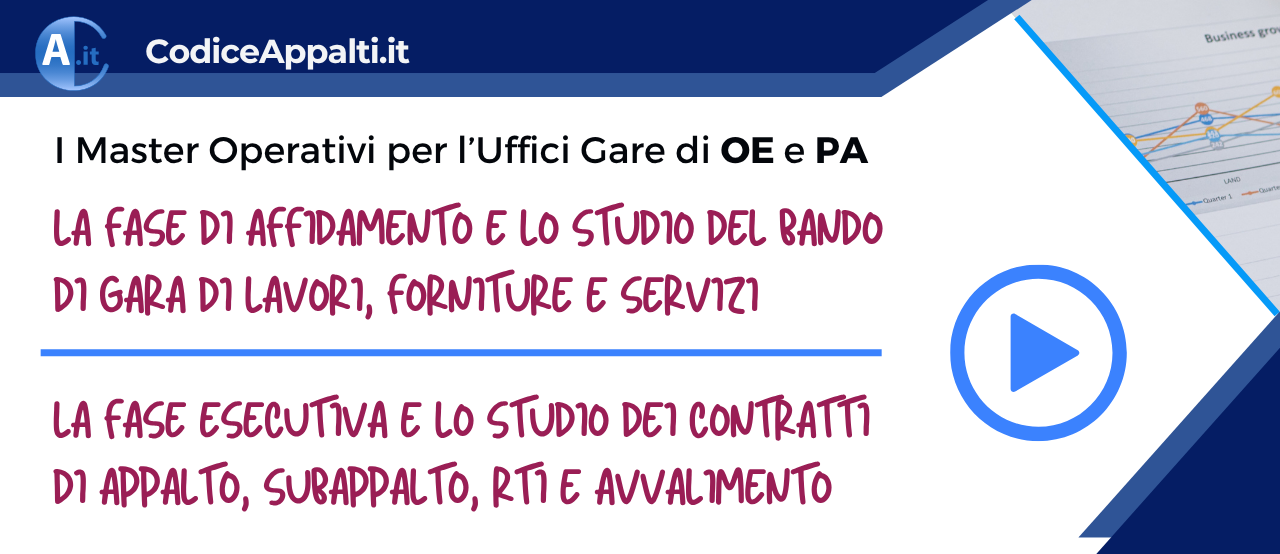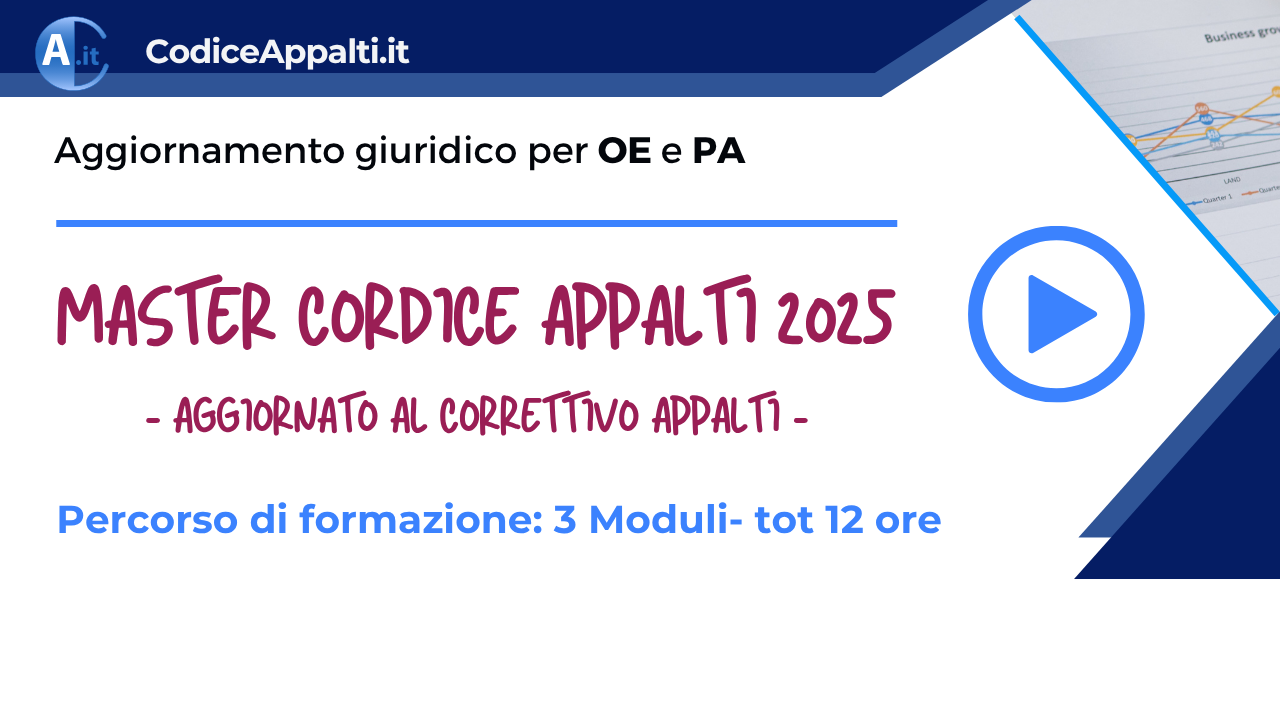Art. 23. Levels of planning for contracts, work concessions as well as services
1. Planning of public works shall be articulated, according to three successive levels of technical insights, in technical and economic feasibility project, final project and executive project, and shall be aimed at ensuring:a) the fulfilment of the needs of the collectivity;
b) the architectonic, technical, functional and relational quality in the framework of the work;
c) the conformity with norms on environment, town-planning and safeguard of cultural heritage and landscapes, as well as the respect of the legislation on health and security;
d) a limited consumption of soil;
e) the respect of the hydro-geological, seismic and forestry constraints as well as other existing constraints;
f) energy saving, efficiency and recovering in the realization and in the life-cycle of the work as well as the evaluation of the life-cycle and maintainability of the works;
g) the compatibility with archaeological pre-existences;
h) the realization of the planning activities and the connected verifications through the progressive use of specific electronic methods and tools such as modelling for building and infrastructures;
i) geologic, geo-morphologic, hydro-geologic compatibility of the work;
l) accessibility and adaptability according to what provided for by existing provision on architectonic barriers.
2. For the planning of works of particular relevance under the architectonic, environmental, landscape, agronomic and forestry, historic and artistic, conservationist, as well as technological standpoint, contracting authorities or entities shall make use of the internal professionalism, provided that they posses adequate competence in the subject-matter of the project or make use of the design contest procedure or contest of ideas as referred to in Articles 152, 153, 154, 155 and 156. For other typologies of works, what provided for in Article 24 shall apply.
3. By means of a decree of the Minister of Infrastructures and Transports, upon proposal of the Superior Council of Public Works, in accordance with the Minister of Environment and the Safeguard of Land and Sea and the Minister of Cultural Heritage and Activities and Tourism, the contents of planning in the three design stages shall be defined. By means of the decree in the first period, shall also be determined the minimum content of the framework of the needs to be provided by contracting authorities or entities. Until the date of entry into force of that decree, Article 216, paragraph 4 shall apply.
3-bis. By means of a further decree by the Minister of Infrastructures and Transports, upon proposal of the Superior Council of Public Works, having heard the Unified Conference, a simplified planning of the interventions of ordinary maintenance up to a maximum of € 2,500,000 shall be regulated. That decree shall identify the modalities and criteria of simplification with reference to the provided interventions. see Decree of the Ministry of National Heritage and Culture no. 154 of August 22, 2017, published in the Official Gazette no. 252 of October 27, 2017 concerning the public works regarding cultural heritage
4. The contracting authority or entity, with reference to the specific typology and dimension of the intervention shall identify the characteristics, requirements and design documents necessary for the definition of each stage of the planning. It is, also, allowed the omission of one or both the first two levels of planning, provided that the subsequent level contains all the elements provided for the omitted level, in order to safeguard the quality of the planning.
5. The project of technical and economic feasibility shall identify, among several solutions, the one presenting the best costs/benefits ratio for the collectivity, in relation to the specific exigencies to be satisfied and performances to be provided. For the exclusive purposes of the activities of triennial program of public works and the completion of the procedures of public debate in Article 22 as well as of design contests and contests of ideas in Article 152, the feasibility project may be articulated into two subsequent stages of elaboration In all other cases, the feasibility project shall also be drawn up in a single stage of elaboration. In case of elaboration in two subsequent stages, in the first phase the designer shall identify and analyze the possible alternative design solutions, where existing, on the basis of the principles set out in Article 1, and draws up the document of feasibility of the design alternatives according to the modalities identified in the decree referred to in paragraph 3. In the second stage of elaboration, as well as in the single stage, where it is not drawn up in two stages, the designer in charge shall develop, in accordance with the contents of the design address document and according to the modalities indicated in the decree referred to in paragraph 3, all the enquiries and studies necessary for the definition of the aspects in paragraph 1, as well as the graphic documents for the identification of the dimensional, volumetric, typological, functional and technological characteristics of the works to be realized and the relevant economic estimates, including the choice on the possible subdivision into functional lots. The feasibility project shall allow, where necessary, the initiation of the expropriation procedure.
5-bis. For the works proposed as a town-planning variant within the meaning of Article 19 of the Presidential Decree n. 327 of 8 June 2001, the technical and economic feasibility project shall substitute the preliminary project as referred to in paragraph 2 of the abovementioned Article 19 and shall be drawn up in accordance with paragraph 5.
6. The feasibility project shall be drawn up on the basis of the geologic, hydro-geologic, hydrologic, hydraulic, geo-technical, seismic, historical, landscape and urban planning enquiries carried out, of preventive verifications on the archaeological interest, of preliminary studies on the environmental impact and shall emphasize, by means of specific and adequate cartographic elaboration, the occupied areas, any relevant buffer zones and the occurring safeguard measures; it shall also comprise any evaluation as well as possible energetic diagnosis of the projected work, with reference to the containment of energetic consumptions and any possible measure for the production and recovery of energy, also with reference to the impact on the economic and financial plan of the work; it shall, furthermore, indicate the performance characteristics, the functional specifications, the exigencies for compensation and mitigation of the environmental impact, as well as the limits of expenses, calculated according to the modalities indicated in the decree referred to in paragraph 3, of the infrastructure to be realized to a level that allows, already when approving that same project, unless unforeseeable circumstances, the identification of the localization or route of the infrastructure as well as of the necessary compensating or mitigating works for environmental and social impact.
7. The final project shall thoroughly identify the works to be realized, in accordance with the exigencies, criteria, constraints, addresses and indications established by the contracting authority or entity and, where appropriate, of the feasibility project; the final project shall also contain all the elements necessary for the issuance of the prescribed authorizations and approvals, as well as the final quantification of the limit of expense for the realization and the relevant timescale, through the use, where existing, of price lists prepared by the regions and the autonomous provinces competent for territory, in accordance with the territorial articulations of the Ministry of Infrastructures and Transports, pursuant to paragraph 16.
8. The executive project, drawn up in conformity with the final project, shall determine in any detail the works to be realized, the relevant expected cost, the timescale coherent with that of the final project, and which shall be developed at a level of definition by which any element may be identified by form, typology, quality, dimension and price. The executive project shall also be accompanied by a specific maintenance plan of the work and parts thereof with reference to the life-cycle.
9. With reference to the characteristics and importance of the work, the responsible official, according to what provided for in Article 26, shall establish criteria, contents and moments of technical verification of the different levels of design.
10. Access to concerned areas and to the enquiries and researches necessary for the activity of design shall be subject to the authorization set out in Article 15 of the Presidential Decree n. 327 of 8 June 2001. That same authorization shall also be extended to archaeological researches, remediation of warships and reclamation of polluted sites. Archaeological researches are performed under the vigilance of the competent supervision bodies.
11. The expenses relating to design, including those relating to public debate, direction of works, vigilance, testing, studies and connected researches, redaction of plans of security and coordination, where provided by Legislative decree n. 81 of 9 April 2008, to professional and specialized performances, necessary for the redaction of a complete executive project may rely on the funding of the contracting authority or entity to whom that same design is connected. For the purposes of the identification of the estimated amount the calculation shall include all the services, including the direction of works, in case of award at the same external designer.
12. The final and executive project shall, preferably, be carried out by the same subject, in a way to ensure homogeneity and coherency to the process. In case of justified reasons for disconnected award, the new designer shall accept the design activity previously carried out. In case of external award of the design, including both levels of planning, the initiation of the executive design is subject to the determination by the contracting authorities or entities on the final project. When verifying the coherency between the different stages of the planning, Article 26, paragraph 3 shall apply.
13. Contracting authorities or entities may require for new works as well as recovery works, requalification or variants, primarily for complex works, the use of specific electronic methods and tools as referred in paragraph 1, letter h). Those tools shall make use of interoperable platforms by means of open, non-proprietary means, for the purpose of not limiting competition between technology providers and the involvement of specific planning among designers. The use of electronic methods and instruments shall be required only by contracting authorities or entities with adequately trained staff. By means of a decree of the Minister of Infrastructures and Transports to be adopted by 31 July 2016, also relying on a Commission specifically appointed by that same Ministry, without additional charges for public finances, the modalities and timeframe for the progressive introduction of the mandatory nature of that abovementioned methods for contracting authorities and entities, conceding administrations and economic operators, assessed with reference to the typology of the works to be awarded and the strategy of digitalization of public administrations and building sector shall be defined. The use of those methodologies shall constitute a parameter for the evaluation of the rewarding requirements set out in Article 38.
14. The design of services and supplies shall be articulated, as a general rule, in a single level and shall be prepared by contracting authorities or entities, as a general rule, through their own staff in service. In case of design contest related to contracts, the contracting authority or entity may envisage that the project shall be divided in one or more levels of insight for whom the same contracting authority or entity shall identify the requirements and characteristics.
15. With reference to service contracts, the project shall contain: the technical-illustrative report of the context in which the service is included; the indication and disposition for the drafting of the documents relating to the security as referred to in Article 26, paragraph 3 of legislative decree n. 81 of 2008; the calculation of the amounts for the acquisition of services, with indication of the security charges not subject to downward; the economic prospect of the total charges necessary for the acquisition of services; the special descriptive and performance specification, including technical specifications, the indication of the minimum requirements that the tenders shall ensure and the aspects that can be object of improvement variants and, by consequence, the rewarding criteria to be applied to the evaluation of tenders during the competition, the indication of other circumstances that may determine the modifications of negotiating conditions during the period of validity, without prejudice to the ban on substantial modification. With reference to services of management of immovable properties, including those referred to the maintenance and energetic sustainability, projects shall also refer to what provided for in the relevant technical norms.
16. For works, services, and supplies contracts, the cost of the work shall be determined by the Ministry of Labour and Social Policies on the basis of the economic values defined by the national collective agreement between trade unions and organizations of employers comparatively more representative, of the norms on social security and assistance, of the different product markets and of the different territorial areas. In absence of an applicable collective agreement, the cost of work shall be determined with reference to the collective agreement of the closest product market to that taken into consideration. For contracts relating to works, the cost of products, equipments and manufactures shall be determined on the basis of the regional price lists updated yearly. Those price lists cease to have effect on 31 December of each year and shall be transiently used until 30 June of the following year, for competitive projects whose approval has intervened by that date. In case of failure by the Regions in complying, the price lists are updated, within the following 30 days, by the competent territorial articulations of the Ministry of Infrastructures and Transports, having heard the concerned regions. Until the adoption of the tables referred to in this paragraph, Article 216, paragraph 4 shall apply. In the work and service contracts the contracting authority or entity, in order to determine the amount fixed as a basis for tender, shall identify in the tender documents the costs of manpower on the basis of what provided for in this paragraph. Security costs are excluded from the sum subject to downward.
see Guideline ANAC no. 1: Resolution no. 138 of February 21, 2018, published in the Italian Official Gazette, General Series no. 69 of March 23, 2018 concerning: General guidelines regarding the award of architectural and engineering services.
Condividi questo contenuto:







